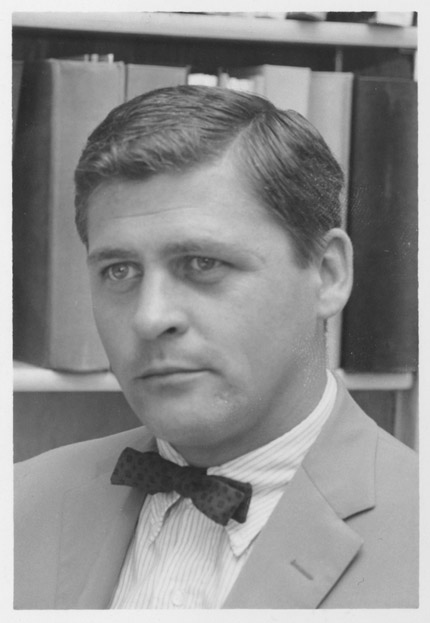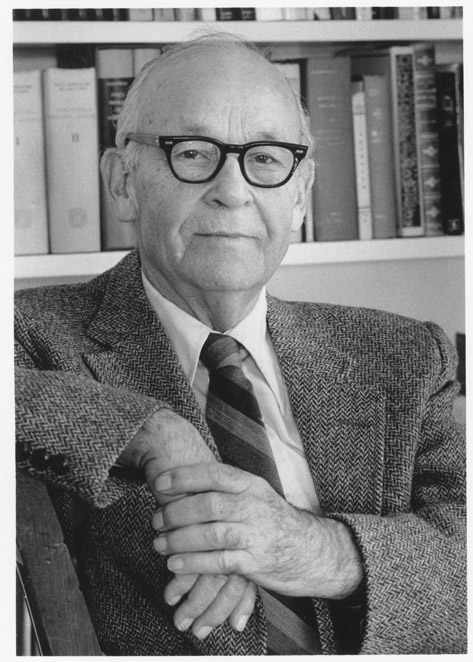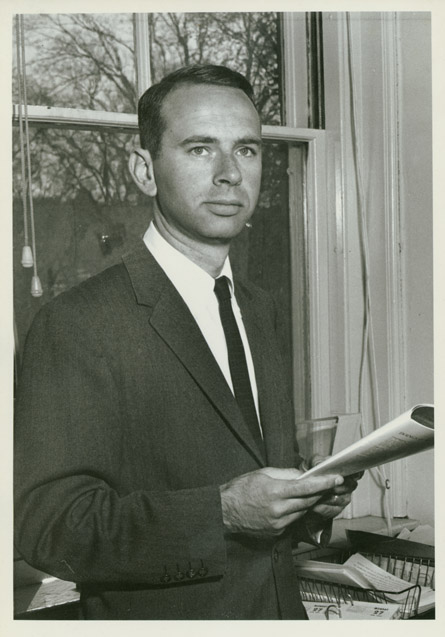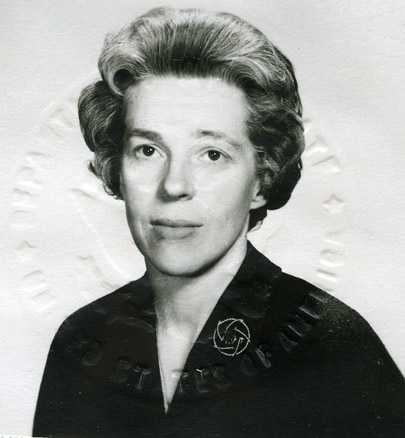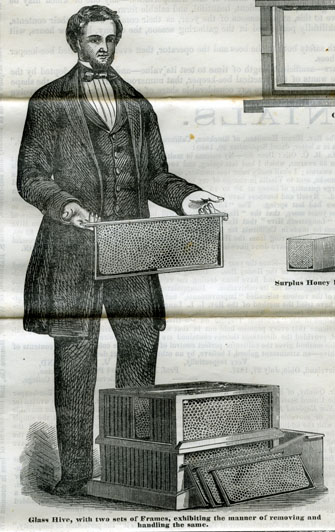John D. Strong Papers
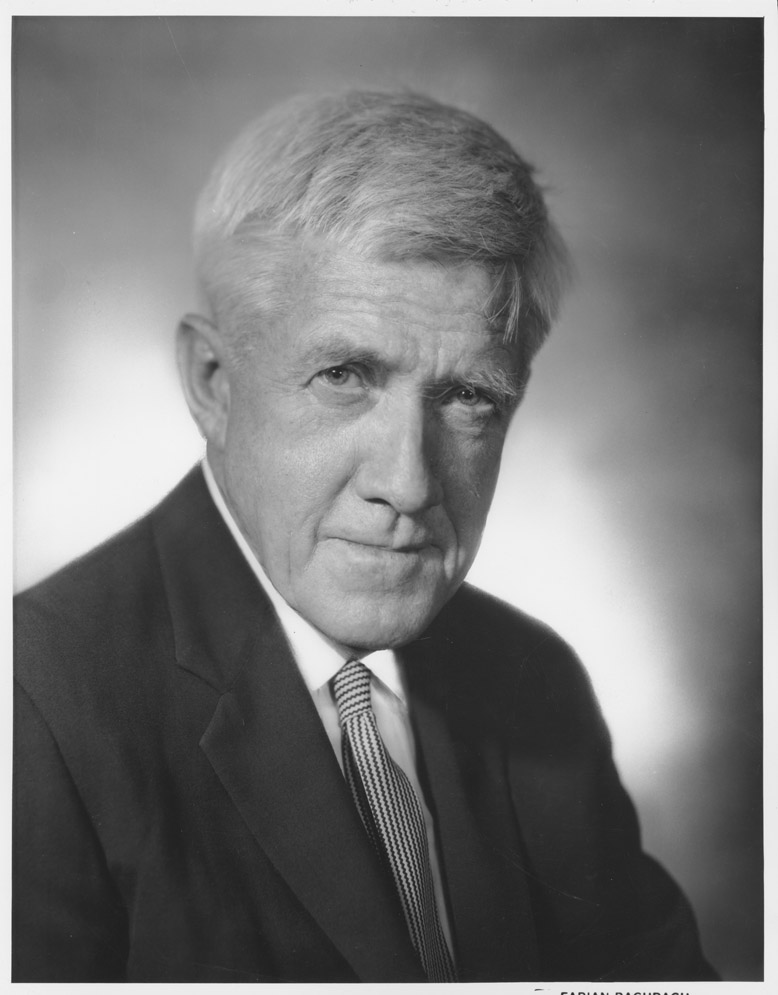
John D. Strong was a professor of Physics and Astronomy from 1967 to 1975 and served as the head of the laboratory of astrophysics and physical meteorology. Strong, one of the world’s foremost optical scientists, was known for being the first to detect water vapor in the atmosphere of Venus and for developing a number of innovations in optical devices, ranging from improved telescope mirrors to anti-reflective coatings for optical elements and diffraction gratings. Born in Riverdale, Kansas in 1905, Strong received degrees from the University of Kansas (BA 1926) and the University of Michigan (M.S., 1928, Ph.D., 1930). After twelve years at CalTech and wartime research at Harvard on infrared systems, Strong became professor and director of the Astrophysical and Physical Meteorology Laboratories at Johns Hopkins University in 1946, where, among many other projects, he conducted research on balloon astronomy for the Office of Naval Research (ONR). Strong published hundreds of papers throughout his career and was author of Procedures of Experimental Physics, a standard physics textbook for many years. Strong served as president of the American Optical Association in 1959 and patented numerous inventions for optics in spectroscopy as well as golf (see US Patent no. 3720467). Strong passed away in 1992.
The Strong Papers contain forty years of research notebooks in experimental physics (1930-1970) centered on Strong’s years at Johns Hopkins (1946-1967), along with correspondence, printed publications by Strong for the ONR, and manuscripts for several textbooks (though lacking material on Procedures of Experimental Physics). Strong’s balloon work is documented by diagrams in his lab books and photographs of the Stratolab at John’s Hopkins, and an oral history of his life was made by the Smithsonian’s National Air and Space Museum in 1985, a transcript of which is included in the collection.

